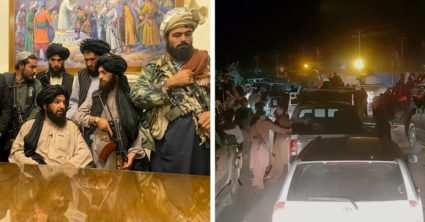Media sites around the world are now beginning to be filled with one specific term again – the Taliban. Everyone knows the name of the Islamic movement, which is currently gradually conquering the whole territory of Afghanistan and taking over power in it. However, what a member of this group is all about is obvious to few. What is the history of the Taliban, what led to its founding, and how is it possible that it came to power again after a bitter defeat?
There has been more and more talk about the Taliban in the last few days. This is not an illogical thing – the Islamist movement is regaining power, conquering Afghanistan and attracting attention. The people of the country are, of course, afraid – all indications are that difficult times await them. They try to escape, but it’s in vain.
What it will look like in Afghanistan in the coming years is unpredictable. Disappearances are unlikely to happen, and many, especially women, will be denied their rights. Exactly as it was between 1996 and 2001, when the Taliban managed to seize power over Afghanistan for the first time. When it was fragmented, many believed that a similar situation would no longer occur. However, the power of the Taliban practically never weakened, just waited for its opportunity. And that, according to the leaders of this religious-political movement, has come again now.
Those “good” radicals
Movement, radical militants, political-religious group – the Taliban is also referred to by these synonyms. It was created, because Afghanistan needed liberation. Freedom came in a way, but the radical views and interpretation of Islam were also reflected in the power motives of the movement, which the people of the country did not pay much attention to at the time.
The Taliban, literally “Students” (Quran) founded with the help of the Pakistani secret services and with the support of the American CIA Mullah Muhammad Omar, once a Mujahideen commander who helped expel Soviet troops from Afghanistan in 1989. After the Soviets managed to defeat, a kind of “power vacuum” has been created in the country. The United States stopped supporting the Mujahideen, and Muslims who fought for the liberation of Afghanistan returned to what they had done until then – living a normal life and trying to support their families.
It was not long before unrest broke out in Afghanistan, where it was not clear who was in charge, between the various ethnic groups living in the country, which culminated in a civil war. The leaders of the anti-Soviet resistance have thus decided that they must step in and restore peace to the country.
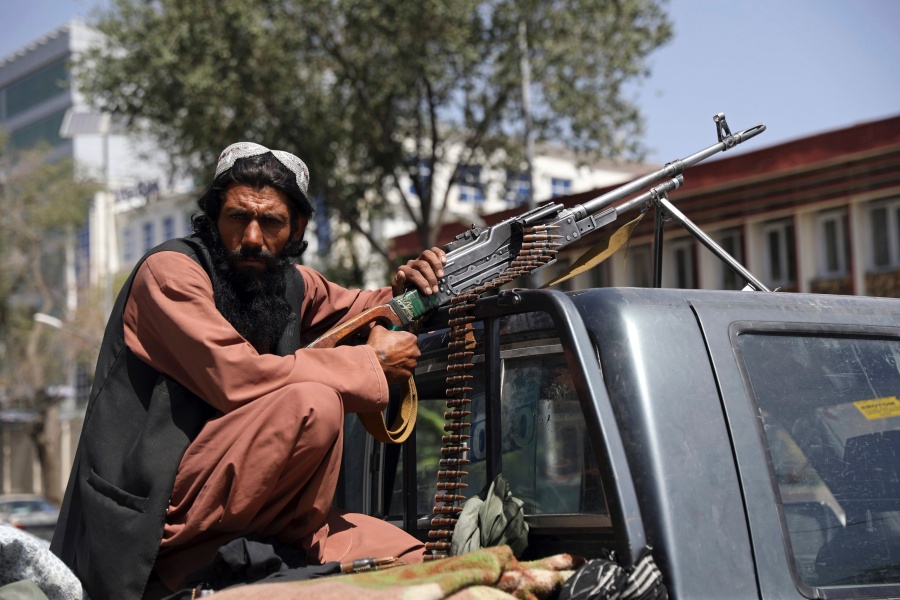
In 1994, Omar, along with other men, founded Taliban movement to secure the city of Kandahar in southwestern Afghanistan, which has come under the rule of crime and violence. As the state did not act and failed to provide for its basic needs or security, others had to intervene. And it was the vision of establishing justice that helped the Taliban gain power.
First one city, then all the others
The Taliban managed to seize power in Kandahar and gradually, thanks to its ideology, managed to conquer the other inhabitants of the country. He began to strive for even more power in other areas as well their basic goal was to report the restoration of peace and security in the countrywhich was not very safe before. However, it was only one side of the coin.
Because the Taliban he also honored his own and relatively radical interpretation of Islam, the other side of the coin was described by enforcing its own and very strict version of Islamic law Sharia. In addition to apparent freedom, in areas where the Taliban managed to assert its power, rules and laws were introduced that had absolutely nothing to do with freedom. On the contrary, it has been limited – women lost most of their rights, could not move freely around the country, were only allowed to go accompanied by men who were ordered to grow long chins. Any music other than religious music was forbidden, the Afghans could not dance or have any fun.
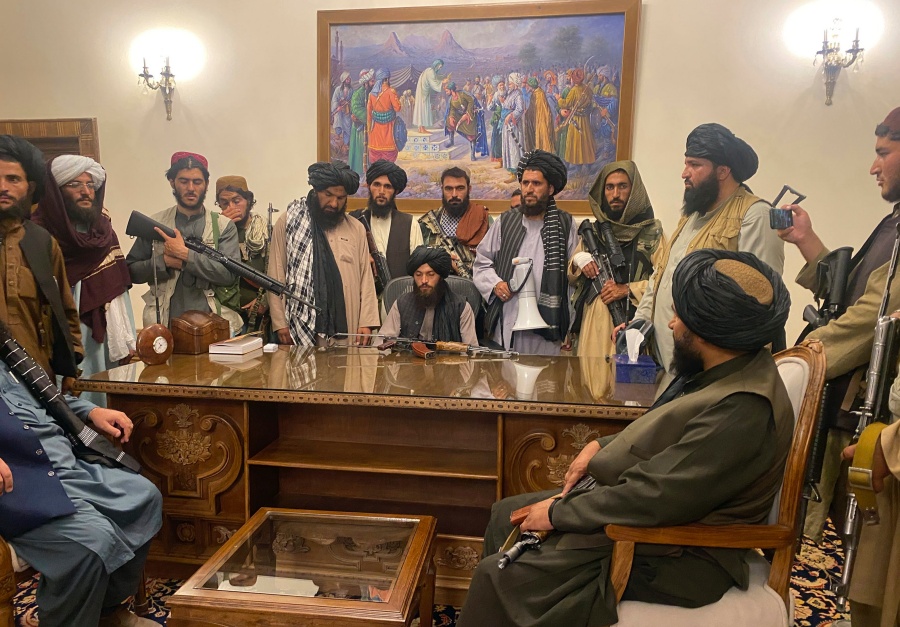
From the southwest of the country, however, the Taliban still managed to assert its influence in other parts of Afghanistan. In September 1995, they conquered supporters of the movement the province of Herat, a year later the capital of Kabul. They overthrew the regime of the then president Burhanuddin Rabbani and continued to conquer the country and consolidate power. After the conquest of Kabul Afghanistan disappeared and the Islamic Emirate of Afghanistan was established. By 1998, the Taliban had managed to bring almost 90% of the country under control. But how is this possible when the government of this movement was restrictive and, although it proclaimed freedom, was brutal and repressive?
The Afghans believed that the Taliban would free them
Taliban members had it more or less simple. Most Afghans were already tired of constant fighting and occupation by other countries or nations. The fighting did not even end after the Soviets managed to expel (they left almost 2 million dead). The Taliban proved to be the only capable tool to establish freedom and order in the country. They have succeeded in punishing those who have committed crimes, and the state has previously closed its eyes. They suppressed corruption and helped develop trade. But all this cost something – the absolute freedom of the people of the country.
The Taliban supported a very strict interpretation of Sharia law, including the introduction of direct to medieval punishments. The public executions of murderers or those who were at fault for Islam were the order of the day. In the same way, those who violated any law in some way were punished in public. The thieves were cut off by body parts alive and in the presence of passers-by. These brutal punishments were intended to discourage others from breaking hard rules.
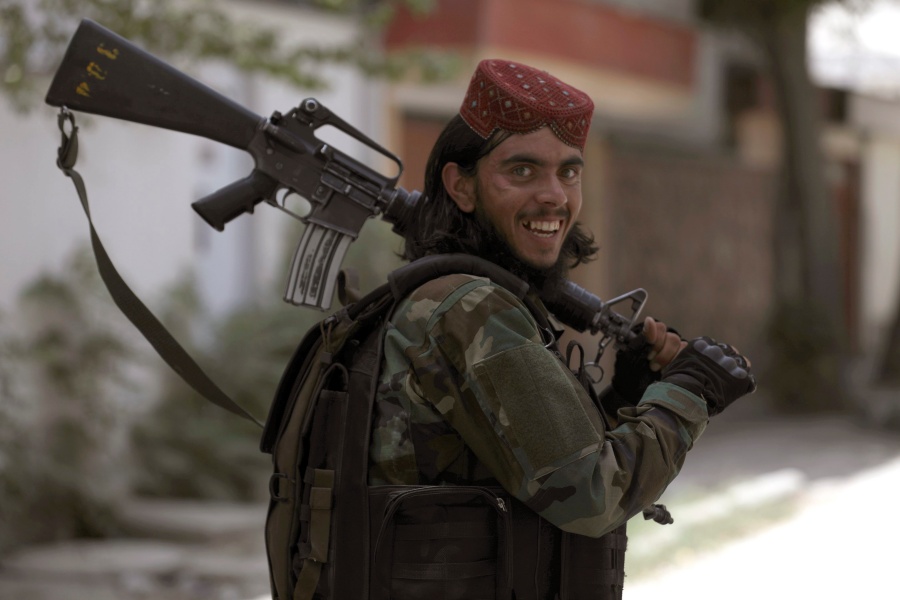
Besides, though was banned even television, cinemas, girls from the age of 10 lost any educational opportunities, women had to walk veiled and only accompanied by men. The Taliban thus practically banned Afghans from living a free life, thereby violating fundamental human rights. The movement has attracted considerable attention on an international scale, and many countries around the world have condemned it for it.
Educated members of the Taliban
The Taliban government has always been and will be (no matter what its members say today) based on a combination of radical Islam and Pashtun nationalism. The majority of members were (and are) respected teachers from religious Islamist schools. They mobilized mainly their students (former and current), who formed the core of the movement and the armed forces. The militants were then supplemented by Mujahideen from Arab states.
Thanks to the support of other Arab countries the Taliban could arm itself in large numbers and funds more than enough thanks to the rich Arabs. The turning point came when he joined forces with the al-Qaeda terrorist organization. Especially Osama bin Laden he was a supporter of the Taliban and provided him with funds when he had been based directly in Afghanistan since 1996.
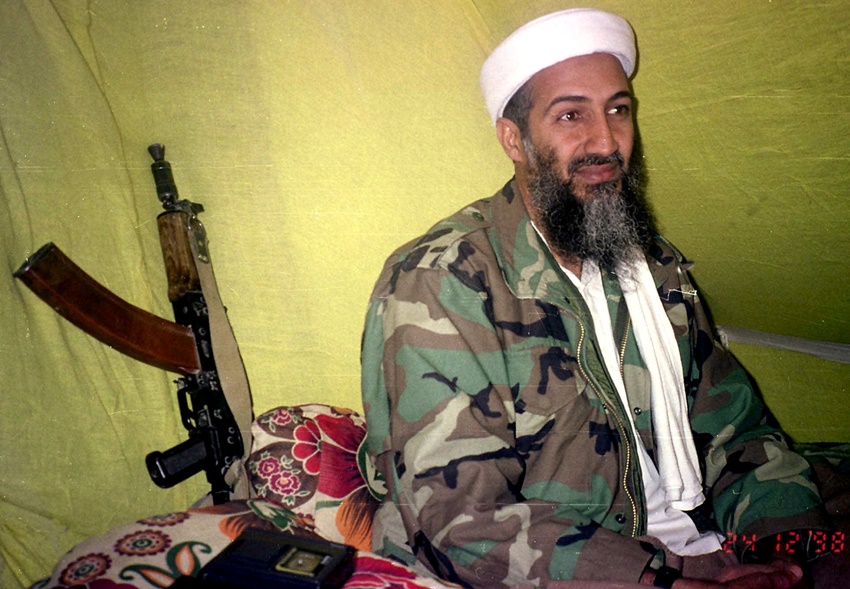
The beginning of the end of the Taliban
However, it was this alliance and mutual support that was the beginning of the end of the powerful Taliban. On September 11, 2001, al-Qaeda attacked the United States and the Taliban helped hide the prime suspect.
On October 7, 2001, the United States began intervention and entered Afghanistan with the Allies to eliminate the enemy, especially bin Laden and his terrorist organization. But the Taliban also had to be on the lookout. After two months of fighting the Taliban regime was defeated and fragmented.
Of course, not all leaders have been captured, many have taken refuge in Pakistan. The Taliban, although more or less seemingly destroyed, did not lose strength due to US intervention.
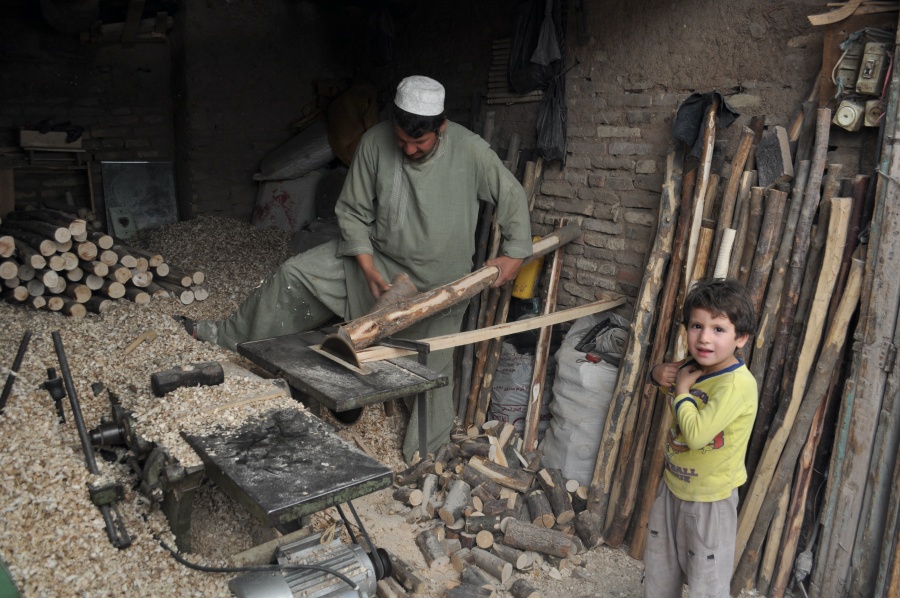
Thoughtful silence before the storm
The fragmentation and presence of US troops in the Middle East was only another pretext to recruit new members. The corruption of the Afghan government, the further ignoring of the basic needs of the population, the anti-colonial lamentations of the Taliban caused the expansion of the group’s base. And while in 2001 only 45,000 men were part of these radicals, today they are joining them it is estimated that up to 150,000.
As US troops gradually began to withdraw from various parts of Afghanistan, the Taliban began to gain strength, and this led to what we can see from the media around the world today. The radical movement is once again seizing Afghanistan, and although it claims that this time it will not establish a government as in the past, current events show the complete opposite. The power of the Taliban is strong, people are afraid and trying to get out of the country. Many failed.
It is not known what Afghanistan will look like in one of the world’s poorest countries in the years to come. But history shows us that not much will change.
Deník.cz, Denník N, Greelane, The New York Times, HNonline, CNN
